Electric vehicles are becoming more popular by the day. And as technology continues to improve — and the need for cleaner energy continues to grow — these cars are becoming not just more sought after, but more accessible. So what do we need to know about these vehicles of the future? First and foremost, is learning about the different types of electric vehicles.
These cars are not one-size-fits-all. From the manner in which they are powered to how far they can travel and how much they cost, there are some important aspects to sort through.
Conventional Hybrids
As the name implies, hybrid vehicles use both a gasoline engine and an electric motor. The motor in conventional hybrids cannot be plugged into an electrical source to be recharged. Instead, the motor’s battery gets its power from the gasoline engine as well as by capturing energy when the vehicle brakes. This process, which converts kinetic energy into electricity, is known as regenerative braking. The motor works with the engine to reduce gas consumption or even allows the engine to turn off.
Conventional hybrids offer a significant step up in fuel efficiency compared to traditional cars. The 2021 gas-powered Toyota Corolla gets an estimated MPG of 31 city/40 highway, while the hybrid version starts at $23,500 but has an MPG of 53/52.

Plug-in Hybrids
Plug-in hybrid electric vehicles are also powered by both a gas engine and electric motor. What differentiates them from conventional hybrids is the way in which the battery is charged. In addition to using regenerative braking, PHEV batteries are charged by plugging in an electrical outlet.
The main advantage of a PHEV over a conventional hybrid is its ability to run on electricity alone. According to the U.S. Department of Energy, most PHEV can travel between 20 and 40 miles using only the electric battery. Because of this, plug-ins are substantially more fuel efficient.
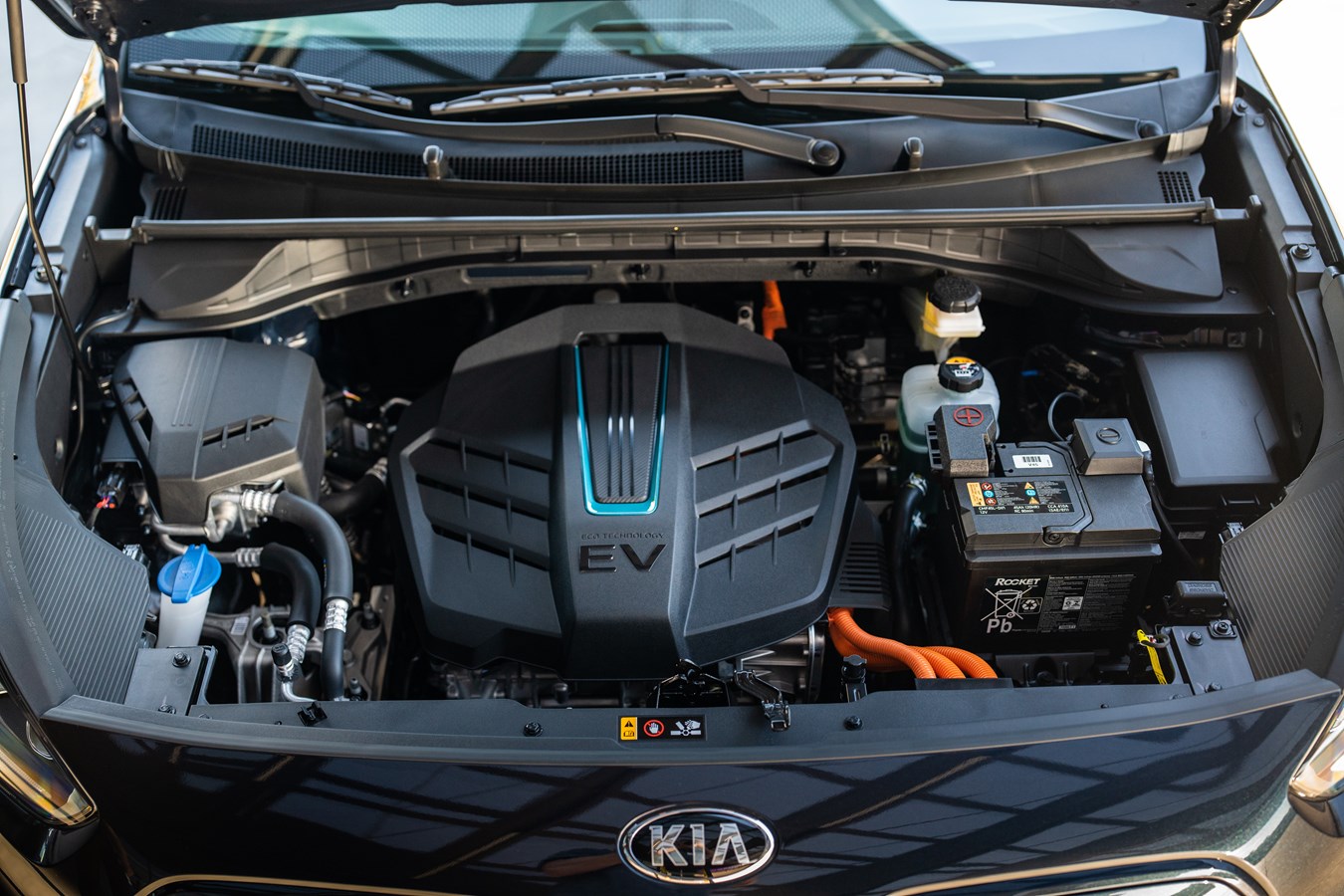
Battery Electric Vehicles
Battery electric vehicles are cars powered by internal batteries charged by plugging into an outlet. Unlike hybrids, BEVs do not have a gas engine and rely exclusively on electricity to run. The lack of an engine means that BEVs do not produce any of the dangerous emissions that traditional gas-powered vehicles do. (There are some emissions created by charging these cars.)
Because they do not rely on gasoline, BEVs have extended ranges. The Tesla Model 3, the best-selling electric car in the U.S., has a combined MPG equivalent of 113 and can travel more than 350 miles on a single charge.
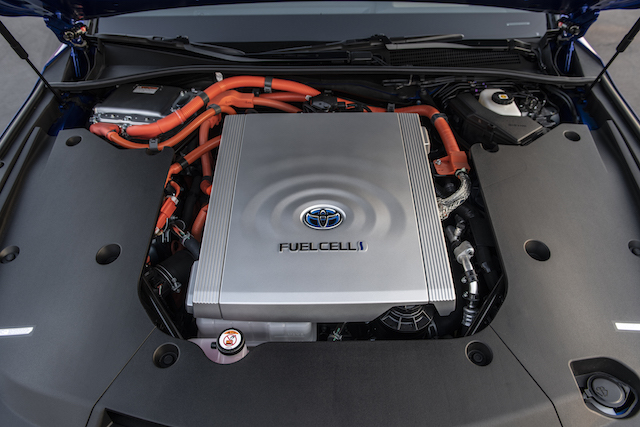
Fuel Cell Electric Vehicles
The least common type of electric vehicle, fuel cell electric vehicles are powered by electricity – but not from a battery. Instead, they are equipped with tanks filled with hydrogen. The car’s fuel cell combines this hydrogen with oxygen to produce electricity to power the motor.
Hydrogen-powered cars are still an emerging technology. In fact, most FCEVs are currently only sold/leased in California (although the Toyota Mirai can be leased in Hawaii). But their potential – 400-plus miles of range, a refueling time of less than five minutes – means you’re likely to see them become more available in the near future as the refueling infrastructure grows.
The Cost of Electric Vehicles
Electric vehicles are generally more expensive than similar, gas-powered cars. Of all the types of electric vehicles, conventional hybrids are usually the least expensive. (The Toyota Prius has a starting MSRP below $25,000.) As you move into fully electric cars, the price goes up. You’ll be hard-pressed to find one below $30,000, while a luxury model can easily reach into the six figures.
Other savings brought in from electric vehicles offset some of these costs. The most notable savings come at the pump. A study by Consumer Reports found that fuel savings can reach $4,700 or more during the first seven years of owning an electric vehicle. The total ownership savings over a similar gasoline-only car, including repair and maintenance costs, ranges from $6,000 to $10,000.
Electric vehicles are also eligible for tax credits. The federal government awards credits between $2,500 and $7,500 for the purchase of qualified electric cars. Many state governments have similar programs. For example, New York provides a rebate of up to $2,000, while Massachusetts awards $2,500 for an all-electric vehicle and up to $1,500 for a plug-in hybrid.
Charging Different Types of Electric Vehicles
Conventional hybrids do not need any external charging. They are powered by converting the vehicle’s own energy.
Plug-in hybrids and battery electric vehicles do need to be connected to an outside power source and there are options. Most owners will charge their cars at home. All electric vehicles can be plugged into a standard outlet. The only draw back to this method is the time is takes to recharge, usually eight or more hours. You can leave your car plugged in at night and be ready to go in the morning. But those who want to upgrade can install a wall-mounted charger in their home. This device delivers twice the voltage and cuts charging time in half.
The other popular option is using public charging stations. Though not as common as traditional fuel-pumping stations, the number of charging locations continues to grow. There are approximately 25,000 electric vehicle charging stations in the U.S. totaling roughly 80,000 charging outlets. Payment for the use of these outlets vary depending on the operator.
If you’re traveling a long distance, it’s always a good idea to plan out your route according to where you know you can get a charge. Motorists can find electric car charging stations with the free AAA Mobile app for iPhone and Android. The app can also be used to map a route, find discounts, book a hotel and access AAA Roadside Assistance.
Do you own an electric vehicle? If so, what type? Let us know in the comments below.
Visit AAA’s Electric Vehicle platform for more information on these cars of the future.
8 Thoughts on “What Are the Different Types of Electric Vehicles?”
Leave A Comment
Comments are subject to moderation and may or may not be published at the editor’s discretion. Only comments that are relevant to the article and add value to the Your AAA community will be considered. Comments may be edited for clarity and length.



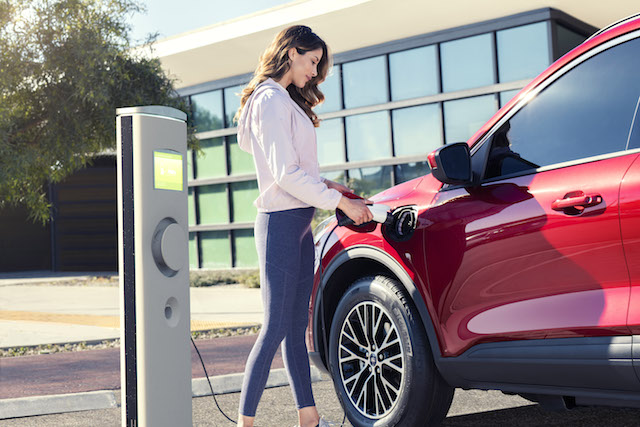
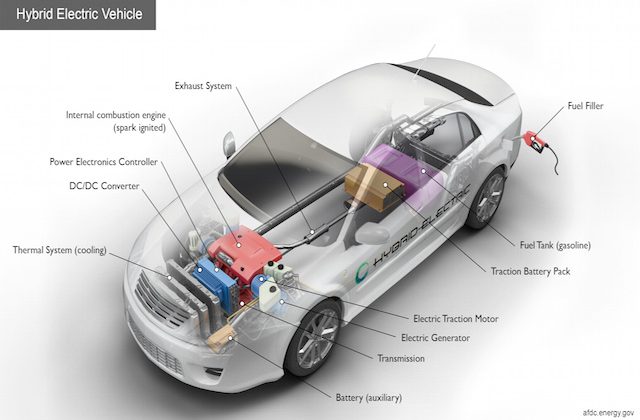
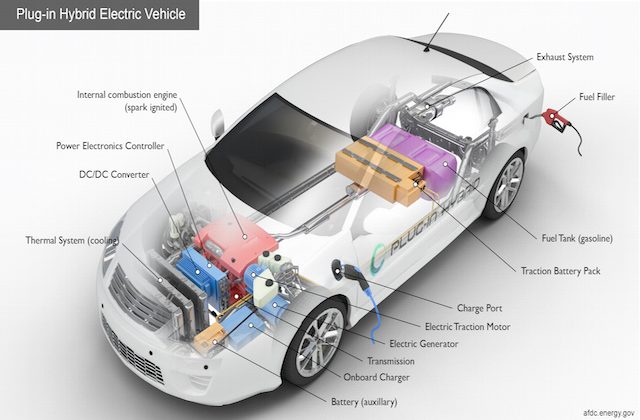
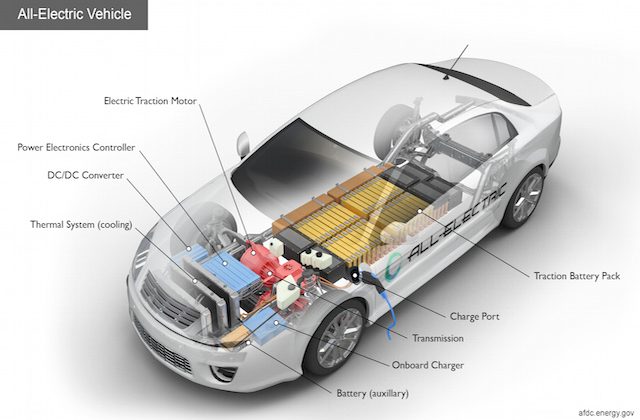
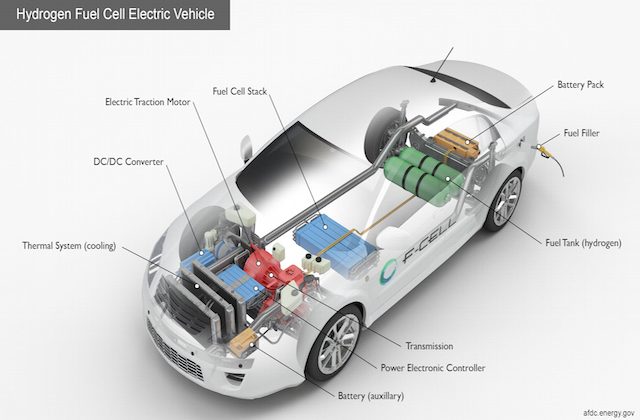
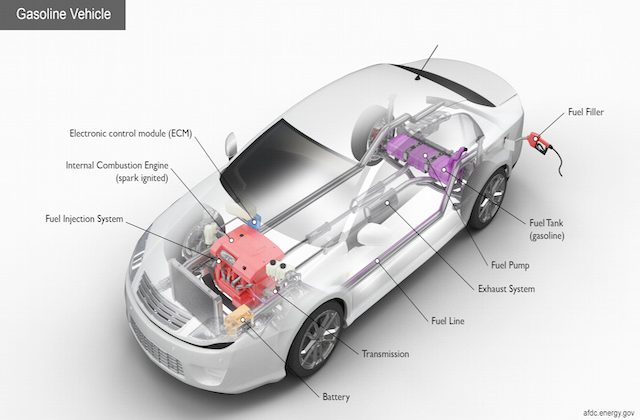



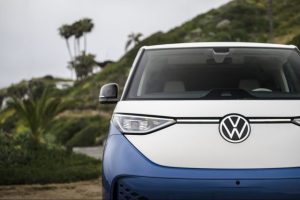










what is an “all- vehicle” – I see it once in this article, but see no explanation. Do I have to take time out to go back and figure it out?
Hi Donald, thanks for the question. All-electric vehicles are those powered entirely by an electric battery and do not have a gas-powered engine.
I live in NH and in January 2020 my Prius was totaled and I replaced it with an off-leased 2017 Chevy Bolt LT and I have been extremely pleased. It’s quiet, and requires virtually no maintenance. Like most people I added a 40a, 220v circuit at home and charge there 99+% of the time. During the summer I can expect to achieve 320 miles range, during the winter about 275 miles. (I make a game of maximizing my mi/kwh.) I usually wait until I’m at the 3/8 to 1/4 full before charging. Sometimes I charge once a week other weeks 3 times. The convenience of charging overnight is fantastic!
A side note: after test driving the Bolt my significant other told the salesperson she wanted the next available off-lease one that came in! She’s as enthusiastic about hers as I am about mine.
I think the push to electric vehicles is premature. Most of the vehicles are priced too high for the average person to afford and offer terrible miles per charge.Im a snow bird and travel back and forth to Florida, would take forever to get there.The carbon footprint for these vehicles doesn’t make them so green when you consider were still not producing 100% green electricity not to mention the production of the batteries.China is a major producer of lithium so i will not support them.
Hi, my name is Sergiy Savyelyev. Last 3 years
I have a Smart EQ fortwo (just electric). plug ????(charger) from 2 % battery to 100% is 2.30 hours . Max distance full battery is 55 miles cold time and 95 miles warm time. It’s not a problem. Problem is if you don’t have a private house or garage where you can charge a car.I live in Brooklyn NY. I don’t have private house or garage I can use just pablic charge. For Brooklyn we have max 20 stations. Between my the building and close stations 1.9 miles and just 2 plugs (sometimes had to line). 3 years ago I had hoped to be much more stations. But, never been changed situation. In Brooklyn very inconvenient for electric a car.
Hi Sergio,
You are correct. If you do not have access to a driveway or garage, plugging in is a serious problem. I live in the city also, here in North Jersey, close to New York. But I do have a driveway so plugging in is not a problem. The EV manufacturers need to develop a wireless charging device for city dwellers or they will lose sales to city car owners. We have many residents here with 2 and 3 vehicles who must park in the street. EVs are not an option for them.
Otto S.
Thank you, Otto — your comments are helpful. We are a 3 car family that is looking to go as fully electric as possible with future purchases. From what we have seen/heard from hybrid owners is that, while these cars are good, you get both the best and worst of the two technologies: you have better emissions & fuel consumption, but still have to service a gas-powered engine, so don’t have the maintenance savings implied by a fully electric vehicle. Would love to read about the experiences of other drivers.
I leased 2 Chevy volts for 3 years each. 1st was a 2014 and 2nd was a 2017.
They were great vehicles. Fast and quiet. No rumbling V8 noise. Fuel savings was great compared to my GMC Acadia when gas prices were at $4.00/gallon.
However, when my 2nd lease expired and I had the option to purchase, I elected to return the vehicle. The reasons are as follows: First, GM discontinued the Volt and there was no more support. Second, the charging stations along the NJ turnpike and at the WAWA convenience stores were all designed to work with 480 volts. My car was not compatible. 120 volts only. Worked fine at home. Took all night, but that was Ok for me. GM did not offer an upgrade to a 480 volt charging system. 3rd party accessories are just not acceptable to me. I prefer factory engineered accessories.
Bottom line now is I purchased a 2020 Chevy Equinox and I am waiting for the Electric vehicle revolution to occur. In 2023, I will be looking to purchase the latest technology electric vehicle that will be available.